How to Upgrade iPhone Storage (Software, Cloud and Hardware Methods)
Finding yourself low on iPhone storage can be inconvenient, especially when you want to capture new memories or download the latest apps. This guide is here to help, offering straightforward solutions to expand your device’s storage without the need for a new phone. From clever settings adjustments to embracing cloud storage and even adding hardware, we’ll show you how to make room for everything you need on your iPhone.
Can I Upgrade My iPhone Storage?
Many iPhone users wonder if it’s possible to upgrade their iPhone storage directly, given the challenges of managing space with high-resolution photos, videos, and apps. Unfortunately, iPhones are designed with fixed storage capacities, meaning you cannot physically expand the internal storage after purchase.
However, there are alternative solutions to manage and extend your storage capabilities:
- Software Optimizations: Adjust your device’s settings to optimize storage. This can involve managing app data efficiently, utilizing Apple’s storage recommendations, and clearing unnecessary files and caches.
- Leverage Cloud Storage: Use cloud services such as iCloud, Google Drive, or Dropbox. These platforms can store large files like photos and videos, thus freeing up physical space on your device.
- Hardware Solutions: Consider external storage options compatible with iPhones, like specialized flash drives, to physically augment your device’s storage capacity for additional files and backups.
For those looking to upgrade storage on an iPhone, buying a new iPhone with a larger capacity or utilizing external storage accessories designed for iPhones might be the most viable options. While these solutions don’t upgrade the internal memory, they provide effective workarounds for storage constraints.
Software Optimizations for Upgrading iPhone Storage
Maximizing iPhone storage involves several software adjustments and management techniques. These methods help you make the most of your device’s capacity without the need for physical upgrades.
Review and Remove Unused Apps
One effective way to free up space on your iPhone is by identifying and deleting apps you no longer use. Here’s a step-by-step guide to help you through the process:
- Open Settings: Start by opening the ‘Settings’ app on your iPhone.
- Go to iPhone Storage: In the Settings menu, select ‘General’ then find and tap on ‘iPhone Storage.’ Here, you’ll see a list of all your apps and the amount of space each one occupies.
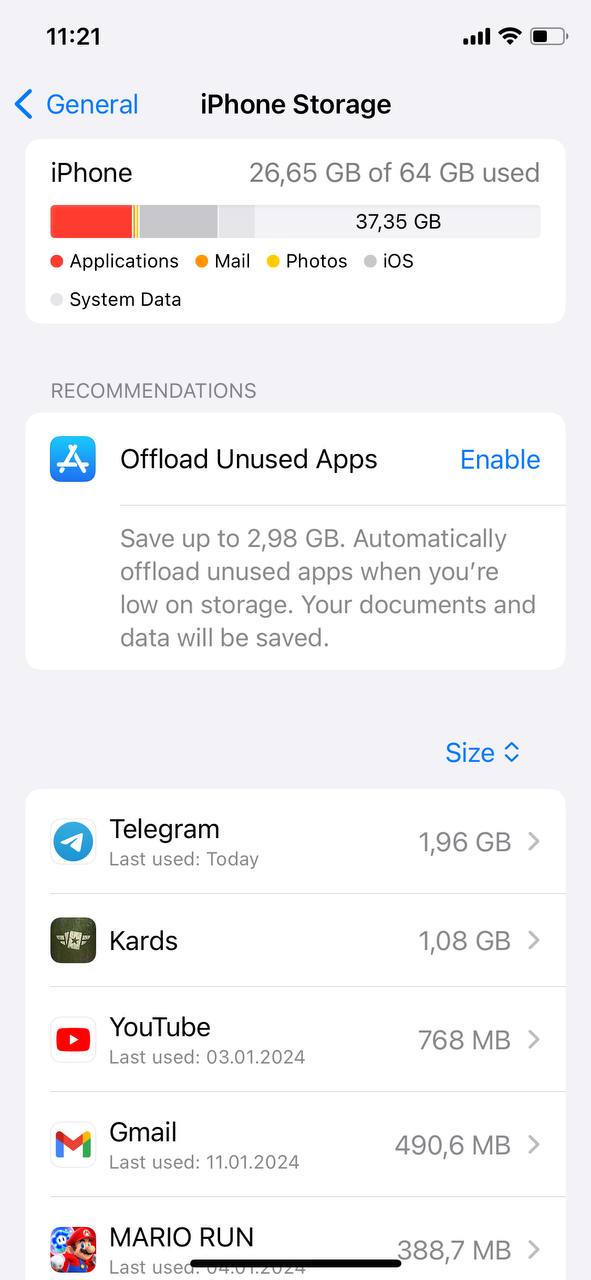
- Review App Usage: Take some time to review the list. iOS provides insights into the last time you used an app, helping you decide whether it’s worth keeping.
- Delete Unused Apps: To delete an app, tap on it from the list, and then select ‘Delete App.’ Confirm the deletion to remove the app and its data from your device.

By following these steps, you not only reclaim space but also streamline your device for better performance. Remember, you can always re-download any app from the App Store if you need it in the future.
Offload Unused Apps to Save Space
Offloading unused apps is a smart way to save space while retaining the app’s data for future use. Follow these steps for an effective cleanup:
- Access iPhone Storage: As in previous method navigate to ‘iPhone Storage.’
- Enable Offload Unused Apps: Look for the option ‘Offload Unused Apps’ and toggle it on. This feature automatically offloads apps you haven’t used in a while but keeps their documents and data.

- Manually Offload Apps: Alternatively, you can manually offload individual apps by selecting them from the list and tapping ‘Offload App.’
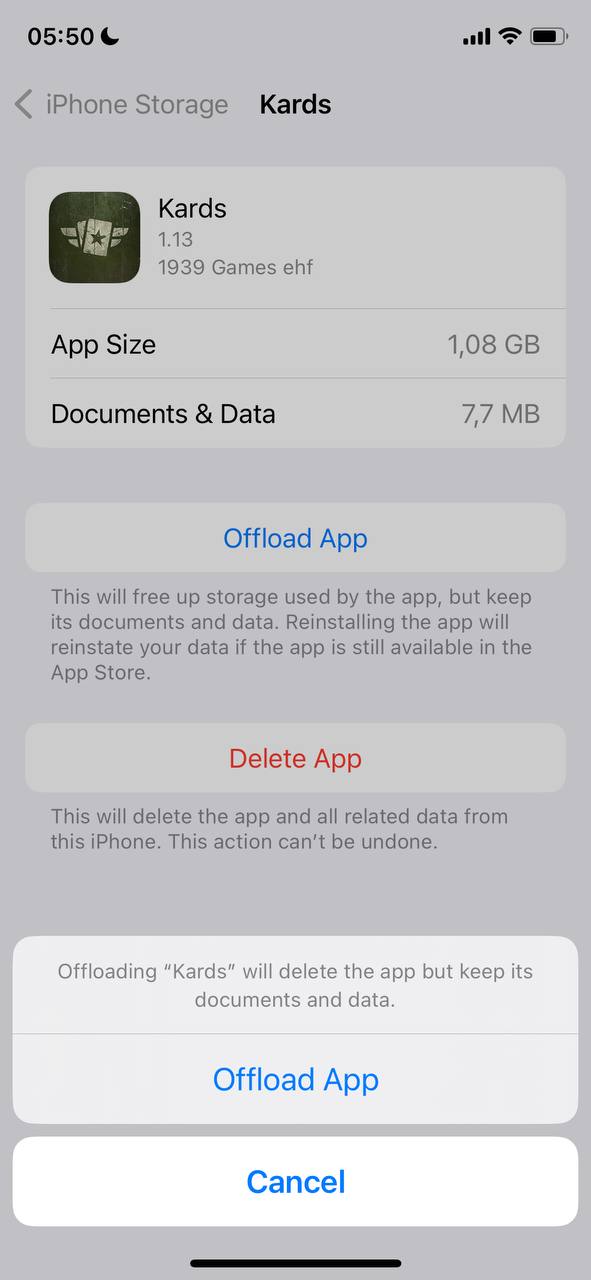
This method allows you to upgrade iPhone storage memory efficiently by removing the app but keeping its data, so you can reinstall the app without losing your information whenever needed.
Clear Safari Cache and Browsing Data
Clearing your Safari cache and browsing data can free up significant storage space. Here’s how to do it:
- Open Settings and select Safari: Start by accessing the ‘Settings’ app, then scroll down to find and tap on ‘Safari.’
- Tap on ‘Clear History and Website Data’: Within Safari settings, find the option for ‘Clear History and Website Data’ and tap it.
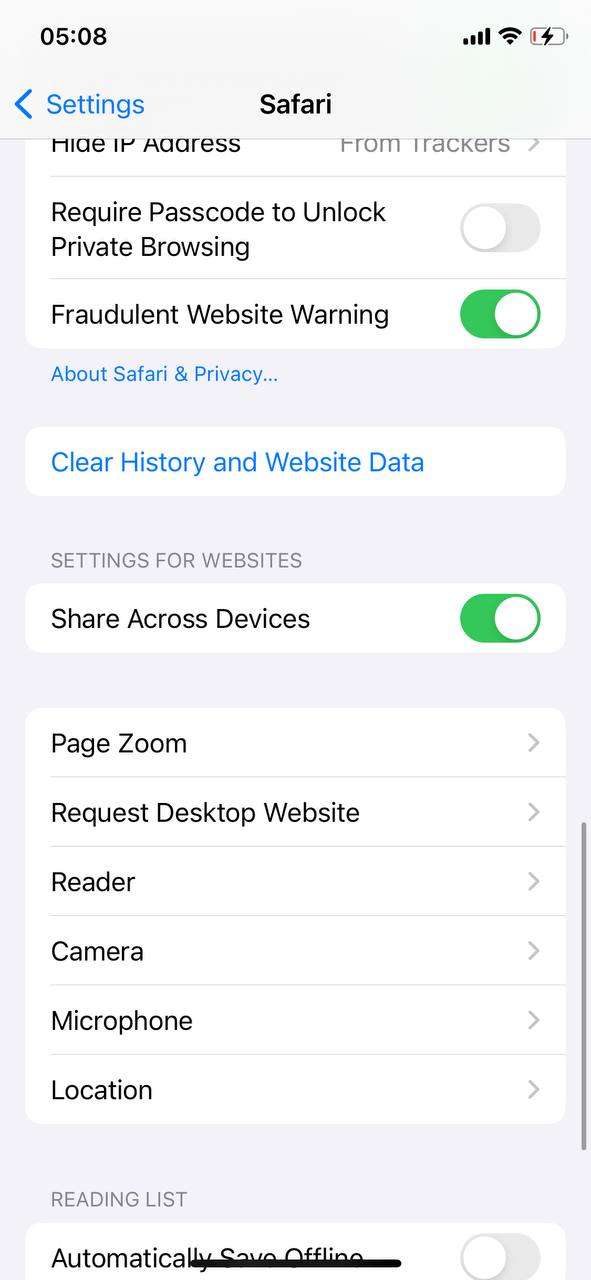
- Confirm the action: You’ll be prompted to confirm your decision to clear your browsing history, cookies, and other browsing data.
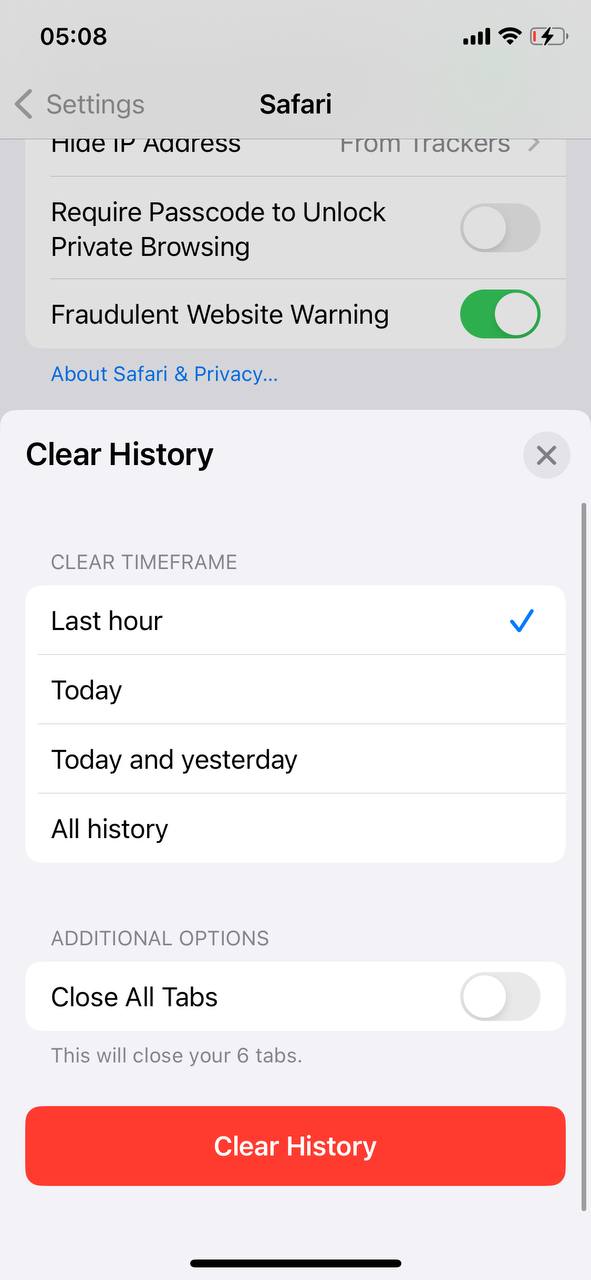
This action helps to upgrade storage on iPhone by freeing up space and improves privacy and security by removing your browsing history and data.
Manage Downloaded Files Across Apps
Managing downloaded files across various apps can significantly free up space on your iPhone. Here’s a guide to help you:
- Identify Common Apps with Downloads: Check apps like Safari, Mail, or third-party apps where you might have downloaded files.
- Access App Storage: In ‘Settings’ > ‘General’ > ‘iPhone Storage,’ select an app to view its storage usage and associated files.
- Review and Delete Unnecessary Files: Within each app, look for options to review downloaded files. Delete any that are no longer needed.
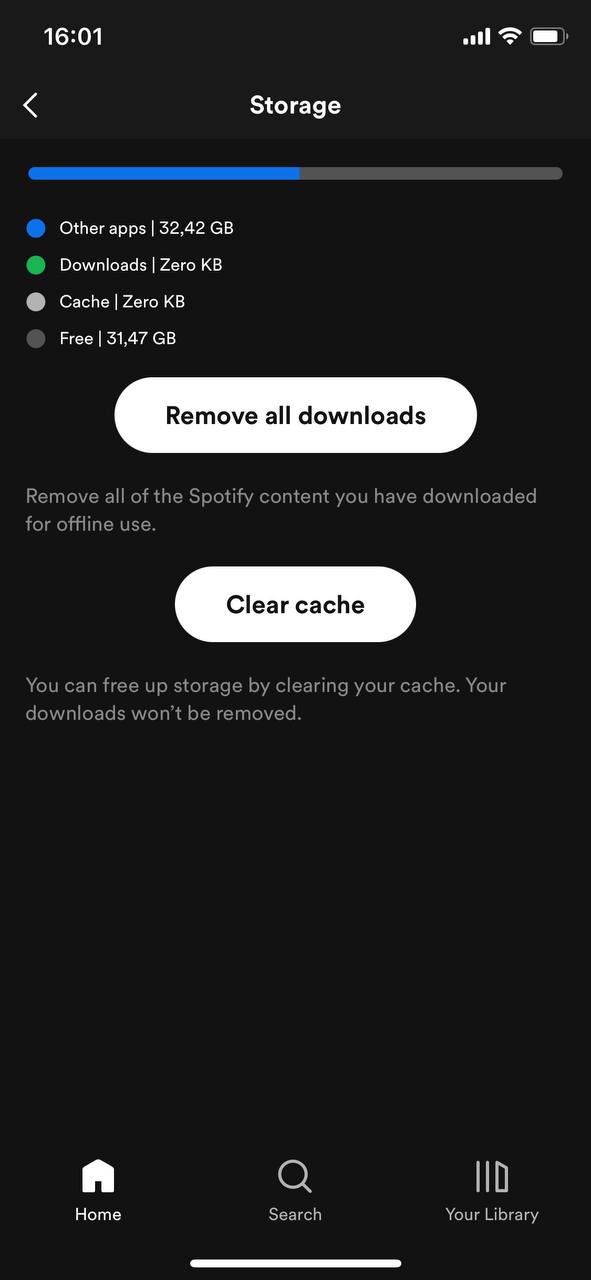
This process helps in optimizing your device’s storage, making it a crucial step for those looking to upgrade iPhone memory without physical changes.
Optimize Photo Storage with iCloud
Optimizing photo storage with iCloud can significantly free up space on your iPhone. Here’s how to set it up:
- Go to Settings: Open ‘Settings’ and tap on your name at the top to access iCloud settings.
- Tap on iCloud: Then select ‘iCloud’ to manage your iCloud settings.
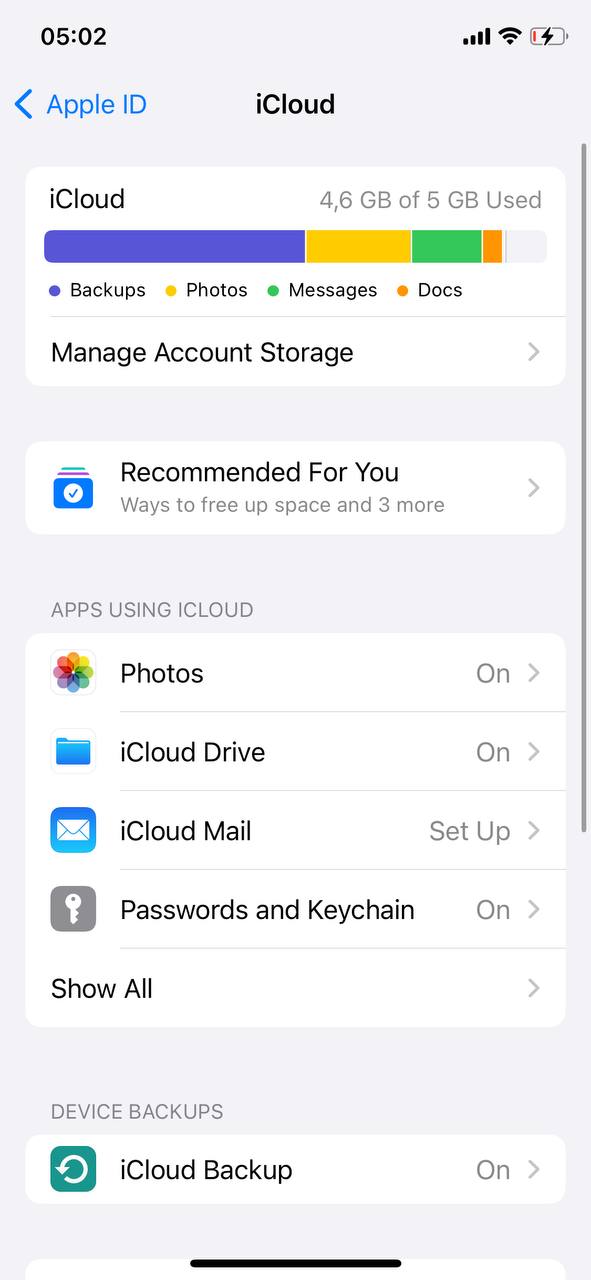
- Choose Photos: In the iCloud menu, tap ‘Photos’ to access photo settings.
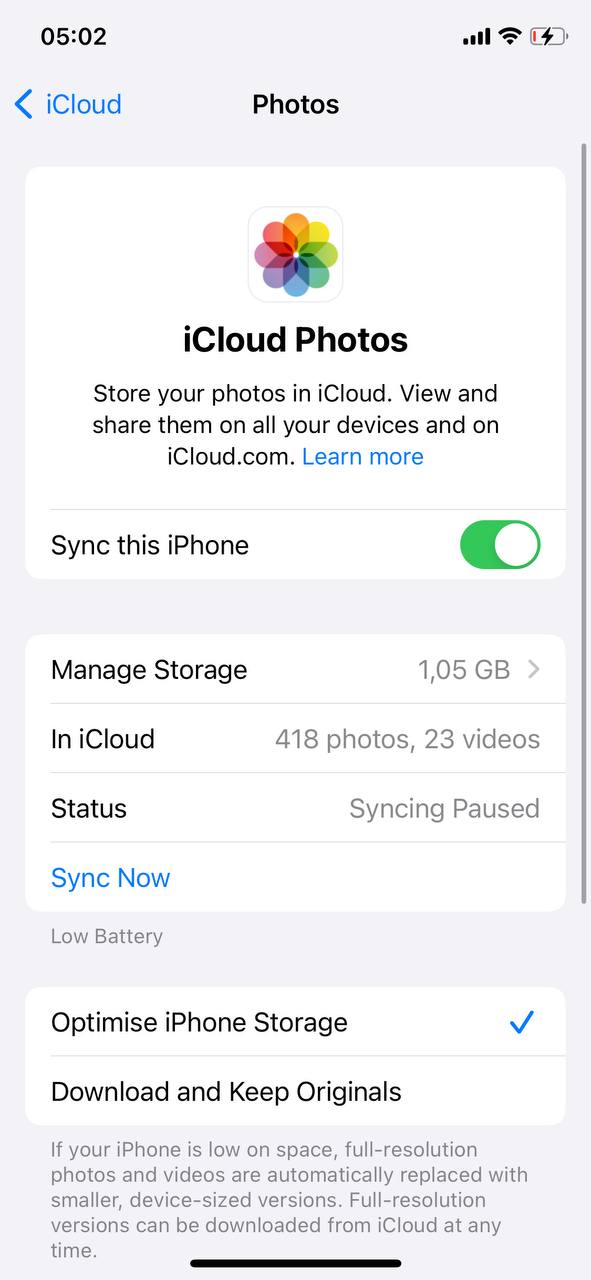
- Enable iCloud Photos: Turn on ‘iCloud Photos’ to automatically upload and store your entire library in iCloud.
- Select ‘Optimize iPhone Storage’: Choose this option to keep smaller, space-saving versions of photos on your device while the full-resolution versions are stored in iCloud.
This method is an effective way to upgrade iPhone storage memory by leveraging icloud storage, allowing you to access your full-resolution photos from any device while conserving space on your iPhone.
Manage Messages to Free Up Space
Adjust your message settings to automatically remove old messages and their attachments, which can take up unexpected amounts of space over time.
To manage space taken up by message attachments:
- Open ‘Settings’, tap ‘Messages’.
- Scroll to ‘Message History’ and tap ‘Keep Messages’.
- Choose a time limit to automatically delete older messages.

- Regularly review and delete large attachments in message conversations.
This helps conserve space, making it a key step for those looking to enhance their iPhone storage.
By using these methods, you can effectively upgrade your iPhone’s storage capabilities without the need for physical expansion.
Leverage Cloud Storage to Expand iPhone Capacity
Expanding your iPhone’s storage capacity through cloud storage is an obvious way. This section explores various cloud storage options and their benefits for iPhone users.
Upgrade iCloud Storage Plans for More Space
iCloud offers several subscription plans to increase your storage. Upgrading your plan provides additional space for backups, photos, and documents, directly integrated with iOS for a seamless experience.
- Open Settings: Tap on your name at the top, then select ‘iCloud’ to access your iCloud settings.
- Choose ‘Change Storage Plan’ or ‘Upgrade to iCloud+’: Review the available plans and select one that suits your needs.
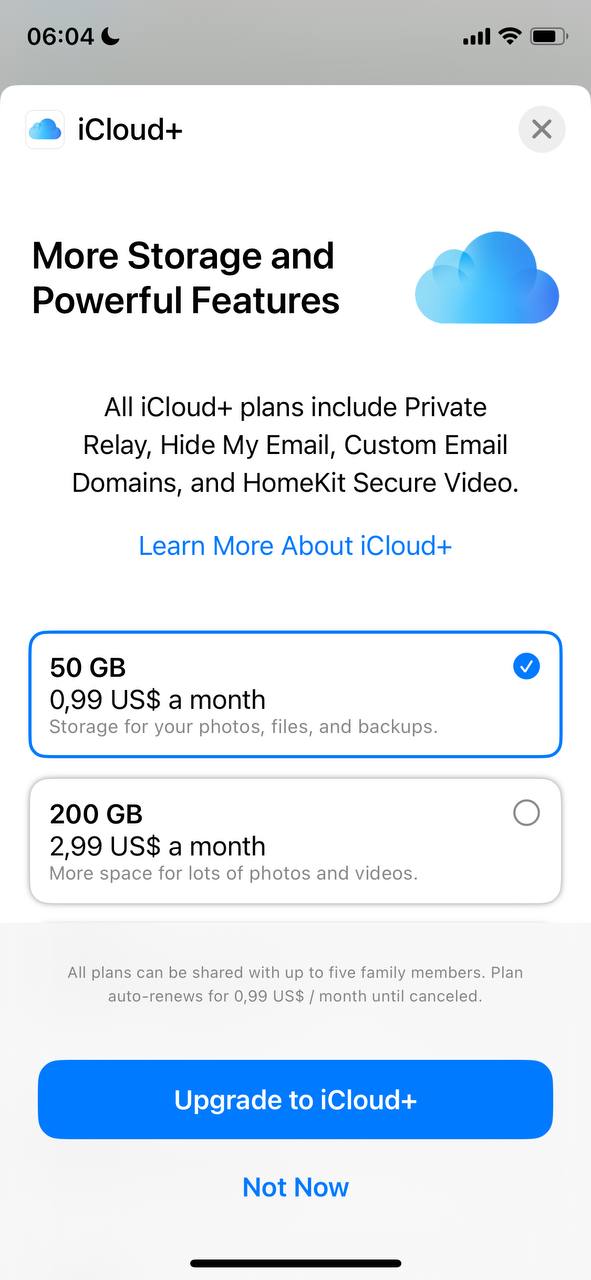
- Confirm Your Upgrade: Follow the prompts to purchase and apply your new storage plan.
Utilize Alternative Cloud Services
Expanding your iPhone storage with alternative cloud services like Google Drive, Dropbox, and Microsoft OneDrive offers diverse benefits:
- Google Drive: Integrates with Google’s ecosystem, offering 15GB free storage and seamless collaboration on documents, spreadsheets, and slides.
- Dropbox: Known for its user-friendly interface, Dropbox provides 2GB of free storage and excels in file sharing and syncing across devices.
- Microsoft OneDrive: Offers 5GB of free storage and is integrated with Microsoft Office apps, making it ideal for those using Office tools.
While these services allow to stretch storage, considerations include managing multiple accounts and internet dependency for access. Each platform has its pros, such as generous free tiers and extensive collaboration tools, but also limitations like varying storage caps and potential privacy concerns.
Hardware Solutions for iPhone Memory Expansion
When software optimizations are no longer sufficient, exploring hardware solutions can provide the necessary increase in storage capacity for your iPhone.
Trade in for a Newer iPhone Model with More Storage
Upgrading to a newer iPhone model through Apple’s Trade-In program is an obvious way to increase storage. For example, moving from an older model with 64GB to a newer version offering 256GB or more can provide ample space for apps, photos, and videos. This transition offers more storage bringsincreased performance and the latest features, but may cost you quite noticeable sum.
Utilize External Storage Options
External storage devices, such as Lightning Flash Drives, offer flexibility in managing your iPhone’s storage. For instance, a Lightning Flash Drive can be directly connected to your iPhone, allowing for easy transfer of large files like video projects or extensive photo libraries off your device. Wireless external hard drives can store much larger amounts of data and can be accessed wirelessly, providing a seamless extension of your iPhone’s storage capability without the need for physical connections.
Conclusion
Boosting your iPhone’s storage is simpler than you might think. By cleaning up your apps, optimizing photos, and tapping into cloud services, you can free up space and keep your device running smoothly. If you need even more room, external storage devices are also an option. With these tips, your iPhone will be ready to hold all your important files, photos, and apps, ensuring you’re prepared for anything without worrying about running out of space.











